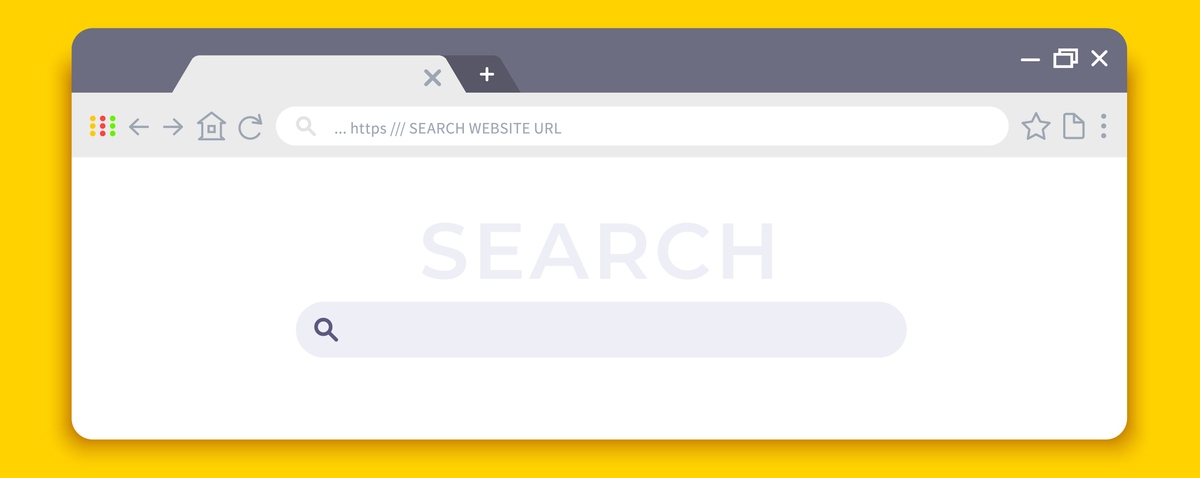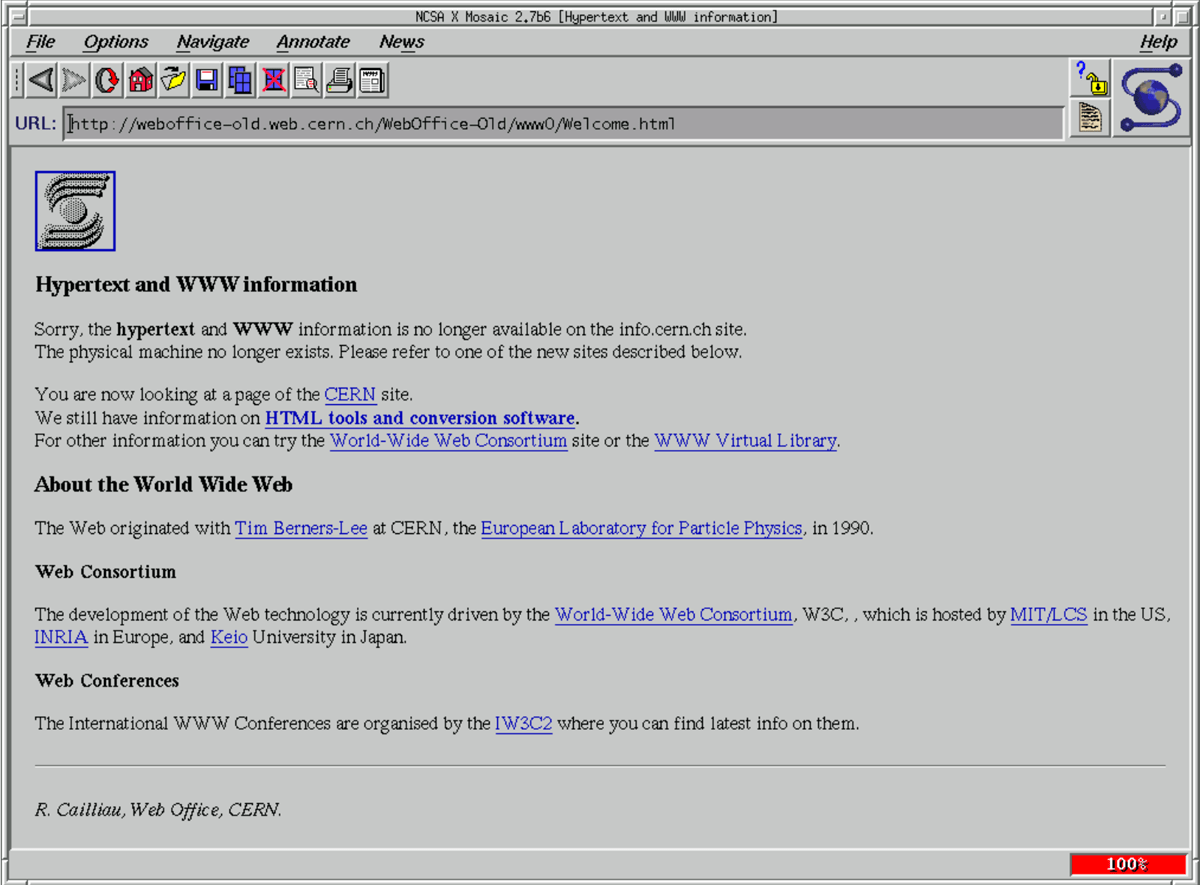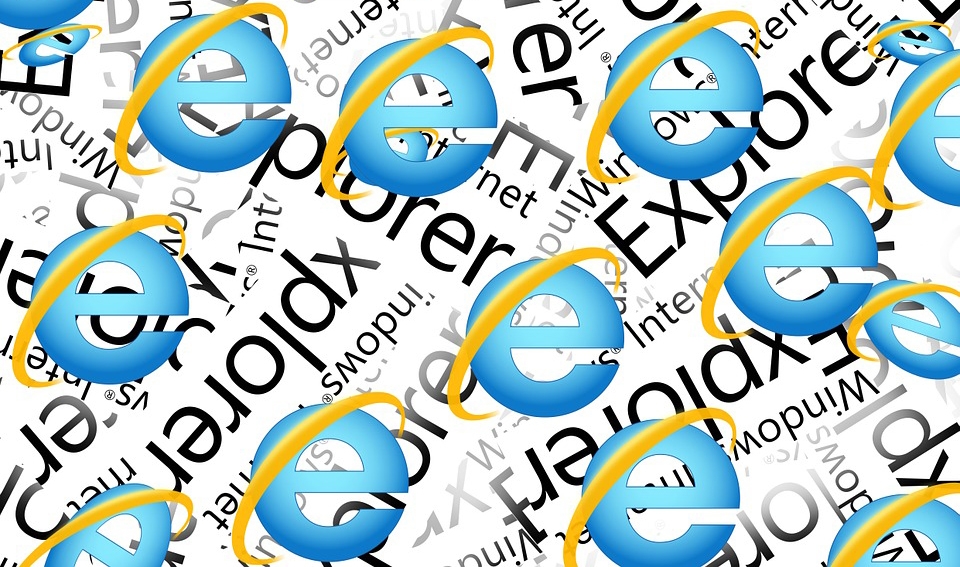Table of Contents
Background
A browser is an application program that offers a way to see and engage with all of the information on the World Wide Web. Web pages, movies, and photos are all included in this. Before the Web, the term “browser” was used to refer broadly to user interfaces that enable you to explore (travel through and read) text files online. Web browsers are widely used today to access the internet, and many consider them to be nearly essential for getting about on a daily basis.
A Web browser is a client application that requests resources from Web servers across the Internet using the HTTP (Hypertext Transfer Protocol) on behalf of the browser user. E-mail and the File Transfer Protocol (FTP) are Internet protocols that are typically supported by most browsers, but they are not necessary, and more specialized client programs are more widely used. [1]
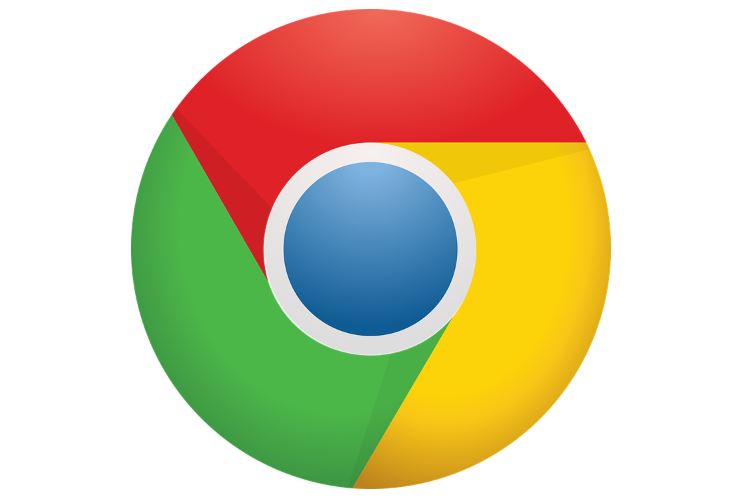
Google Chrome logo

Apple Safari logo
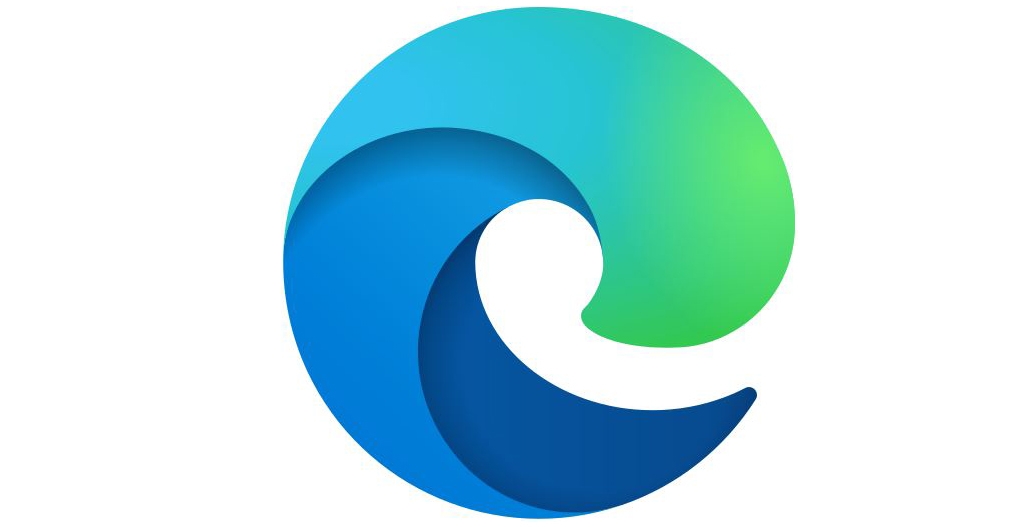
Microsoft Edge logo

Mozilla Firefox logo
Basically, a web browser is what connects you with everything on the web. It allows people to watch videos, play games, shop online, upload pictures, and more. In fact, even if you weren’t aware of it, you are reading this page right now using a web browser. With this, have you ever thought about how web browsers began? What do you think is the first-ever web browser introduced to people? If you have the same questions in mind, we are here to help you. In this post, we are giving you a timeline of the rise and fall of popular web browsers.
Web Browsers History Timeline
Take a look at the infographic below to see the timeline of the history of web browsers:
The First Web Browser: WorldWideWeb
While working at the European Organization of Nuclear Research, also known as CERN after its letters in French, which has its headquarters in Switzerland, a British scientist by the name of Tim Berners-Lee invented a computer software called Enquire in the early 1980s. He created a method to facilitate information sharing among the diverse workforce at CERN.
The fact that information was still spread over numerous computers made it extremely difficult to locate things unless you were certain of where to seek them. By creating files that were simple to search for and hypertext connected to one another, Enquire helped solve this problem. The operating system used by this application was unique to CERN, though. It might be inferred from this that few people were able to access and utilize it. The concept vanished once Berners-Lee left CERN, but it was brought back to life in 1989 after his return. [2]
Berners-Lee was able to create something remarkably helpful this time thanks to other advances in computer science, which led to the creation of the World Wide Web. It functioned fundamentally as an information storage system where data was kept on servers and accessible when a web browser looked for its URL (URL). It was a system that made it possible for all the information, initially at CERN but eventually throughout the world, to be kept in one location and easily accessible by anybody who needed it.
The use of hypertext was one important breakthrough. It was visible on the screen and would direct the user to another server-stored content. In 1990, Berners-Lee and his coworker Robert Cailliau were given permission to pursue this concept, which resulted in the development of the first web browser, WorldWideWeb. Officially, a new age began. [2]
The Early Web Browsers
It is true that Tim Berners-WorldWideWeb Lee’s browser, which he created in 1990, changed the game. Nevertheless, because of its usage of the uncommon NeXT operating system, it was still not going to be the browser that contributed to making the internet more broadly accessible. But further iterations of the browser would assist in making it more approachable and would trigger widespread downloads and the first internet boom in history.
Below are some of the early web browsers and their contributions to the modern web browsers that we know today:
Erwise
Erwise was introduced in 1991, a year after the WorldWideWeb was created, by two college students from Finland. It was the first browser to utilize a graphical interface. This indicates that it could show both text and images, which was a significant deal. Users could also perform a word search on a page, which was a capability they had never seen before in a web browser.
Additionally, it could handle different typefaces, underline URLs, and launch many windows simultaneously. All of these characteristics, while being relatively basic today, were very novel back then. Due to a lack of finance at the time in Finland, Erwise did not succeed. However, it assisted in setting the stage for a few subsequent browsers. [2]
ViolaWWW
ViolaWWW first appeared as a modest effort in 1992. It failed to be a success, though, because it was only compatible with Macs and not PCs. But as the first browser to enable developers to embed scripts in the browser page, it was crucial to the history of web browsers and established the foundation for Java-script.
Java-script, which enhanced the functionality and interactivity of online pages, would significantly contribute to the development of the web in the latter 1990s. It contributed to the general public’s increased interest in the internet and ultimately to its widespread adoption. [2]
Mosaic
The web browser evolved from a simple concept to a revolutionary tool between 1990, the year Berners-Lee created the World Wide Web, and 1993. Anyone watching this phenomenon from the beginning could see the program’s potential, but it had not yet gained widespread acceptance. Mosaic was then made public. [2]
The earlier web browsers and Mosaic were very similar. It did, however, have a few unique features that made it stand out from the competition and become the first browser to be widely used. One of them was the inclusion of the IMG> element, which made inline images possible. As a result, web pages designed for Mosaic could be styled to resemble any other traditional media that users are accustomed to seeing. It was essential for persuading people to start reading more on screens.
Mosaic also supported features that had never been offered by a browser before, like video clips, bookmarks, forms, audio, and history files. Additionally, anyone could download it because it was so simple to accomplish. And it was compatible with both Macs and PCs. It became the rising star of the internet world as a result of all these features. There were fewer than 100 websites when it was released. But there were more than 10,000 by 1995. And there were over ten million websites online by the year 2000. [2]
Netscape Navigator
In 1994, when Mosaic was by far the most widely used browser available, Marc Andreesen and his colleague Jim Clark established a business that would create a browser that would outperform Mosaic, capture the market, make them wealthy, and alter the course of history.
It’s confusing because they labeled their first browser Mosaic Netscape 0.9. But it was unrelated to the original Mosaic in any way. This term was frequently used in a broad sense to describe a browser’s capacity to function on several platforms; it fits together across different operating systems, much like a mosaic. [2]
They soon abandoned the term “mosaic” and decided on Netscape as the name of the business and the browser. With the help of technologies like Java-script and partial-screen loading, it quickly rose to the top of the market. These made it possible for users to begin reading content on a page even before it had been entirely loaded. It was a cutting-edge concept at the time that significantly enhanced the web experience.
When Netscape went public in 1995, its worth was about $3 billion, more than twice what was anticipated. It shocked the computing industry and paved the way for the consumer web revolution, which played a role in bringing about the current digital era. [2]
The Development of Opera
Opera was created in 1994 as a result of a research effort at Telenor, one of the largest telecom providers in Norway at the time. The browser’s very first public release, Version 2.0, is still in use today, even though Version 62 was only made available recently.
Additionally, the World Wide Web Consortium (WWWC) was founded in 1994. Tim Burners-Lee formed the WWWC, an international organization devoted to the creation of open web standards, after leaving CERN to join MIT. A lot of ground-breaking ideas from WWWC are still relevant in today’s developing IT industry. Decentralization, Non-Discrimination, Bottom-Up Design, Universality, and Consensus have all inspired the emergence of new methods and variations in academics, resulting in the emergence of fresh perspectives in politics, science, education, and culture. [3]
The Rise of the Internet Explorer
For many involved in the computer and internet industries, Netscape’s first success served as proof that things had fundamentally changed. The most significant players in the sector at the time were terrified by this. One of them was Microsoft, a company with its headquarters in Seattle. [2]
Microsoft, which by the late 1990s had created its own browser, the Internet Explorer, was threatened by Netscape. It was, however, universally believed to be a subpar product. One could use Netscape on a Windows PC, a Mac, or any other device because of its cross-platform capability. Many assumed that the operating system’s days were numbered as a result of this. Browsers, which could run on any device, would be used to run computers, democratizing the software sector and lowering its high entrance hurdles.
However, Microsoft considered this development, driven by organizations like Netscape, as a threat because it had established its empire selling its proprietary operating system, Windows. It, therefore, reasoned that it should defeat the fledgling business and alter the growth of the web in its own image. This was accomplished by Microsoft investing the vast resources at its disposal in enhancing its browser. [2]
The so-called “Browser Wars” took place during this time, during which Microsoft set out to destroy Netscape and fundamentally alter the course of browser history. More specifically, Netscape had more than 80% of the browser market in 1996. It had a 40% share by the end of 1998 before being superseded by Internet Explorer in 1999. Netscape sold itself to AOL in 2000 as a result of this rapid fall.
By making significant investments in their product, Microsoft was able to quickly turn the tide in the browser market and provide a product that was at least as good as Netscape. In order to aid in the spread of its browser, it also made use of the rest of its business. More particularly, Windows machines came pre-installed with Internet Explorer. It gave it a competitive edge and eventually helped it expand, which helped it win the browser market. [2]
The Modern Browsers
In 2003, Microsoft’s Internet Explorer held a market share of more than 92 percent, which was a complete flip from the situation in 1995. Although it had managed to entirely dominate the browser market in less than 10 years, competition will soon arise from other sources, changing the course of web browser history once more. [2]
Below are the modern browsers that we know and still use at the present time:
Mozilla Firefox
The Mozilla Foundation was established to protect the original Netscape code and give people in need of one an open-sourced, independent browser after Netscape joined AOL in the early 2000s. Early on, Mozilla did not significantly reduce Internet Explorer’s market dominance. Nevertheless, Mozilla scooped out over 30% of the market throughout the 2000s as Internet Explorer started to fall behind once more. However, by 2009, Mozilla had reached its pinnacle in terms of growth and would cease to compete with Internet Explorer as a new player entered the market to fundamentally alter things. [2]
Apple Safari
Apple released Safari in the early 2000s, probably in response to Microsoft’s decision to integrate a browser into its operating system. It was a browser created especially for Mac computers. For a while, Apple consumers found it to be a popular option. But it never really had a big impact on the market as a whole. At the moment, Safari is still pretty common in specific sectors. [2]
Google Chrome
The history of the browser appeared to be over in the late 1990s when Microsoft grew to be the market leader and forced rivals like Netscape to fold. However, Internet Explorer was deteriorating into a subpar product, as had been the case after its initial introduction. With this, a door opened for a new business to emerge and dominate the browser market. What better business to achieve this than the internet’s emerging star, Google? [2]
After several years of development led by programmers who got their start with Mozilla, Chrome, Google’s proprietary browser, was released in 2008. Google Chrome overtook Internet Explorer as the most used browser by the end of 2012, just 4 years after its debut. This was because of its functionality across platforms, speed, and unique tab and bookmark-related capabilities.
Chrome maintained its market dominance throughout the following few years and continues to do so now. In 2020, Chrome will hold a market share of more than 60%, and it seems likely that this will continue for some time. [2]
Microsoft Edge
Due to its slowness and age, Internet Explorer’s popularity declined throughout the late 2000s. As a result, Microsoft was forced to observe the browser industry from a distance. It set out to address the problem since it didn’t want to keep missing out, but when it did, it discovered one major issue: the name “Internet Explorer” had come to be associated with a subpar browser.
Microsoft needs to rebrand as a result in order to attempt and compete again, and Edge was released to accomplish this. This is the most recent version of the Microsoft browser. Numerous positive reviews have been given to it. However, with Edge, Microsoft might already be too late. Even though it was introduced in 2015, it is still not among the top five browsers being used today. [2]
Conclusion
The web browser has a brief but turbulent history. After first breaking onto the scene in 1990 due to a small research project, the browser has become among the mainstays of modern life. In fact, it is now difficult to imagine where we would be without a web browser. However, it is even more difficult to imagine what’s coming next. We hope this post helped you learn more about the rise and fall of popular web browsers.
References
[1] TechTarget, C. (2019, September 3). What is browser? WhatIs.com. Retrieved August 8, 2022, from https://www.techtarget.com/whatis/definition/browser
[2] Internet Advisor, E. (2022). The story of the web: A history of internet browsers. InternetAdvisor.com. Retrieved August 8, 2022, from https://www.internetadvisor.com/the-story-of-the-web-a-history-of-internet-browsers#post-navigation-1
[3] Vestra Inet, E. (2019, July 22). The Brief Timeline: The History of Web Browsers. Vestra Inet. Retrieved August 8, 2022, from https://vestrainet.com/the-brief-timeline-the-history-of-web-browsers.html

